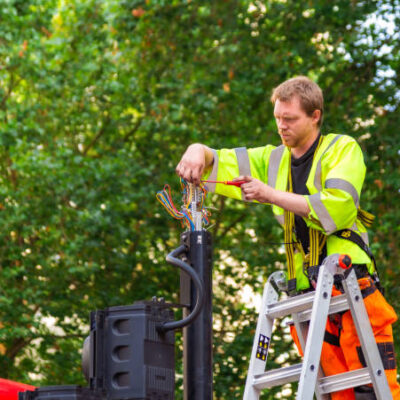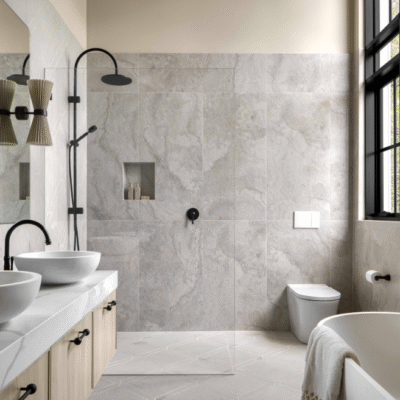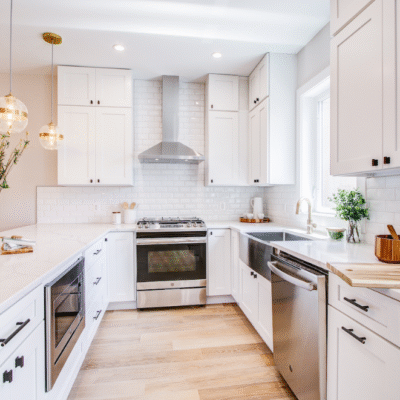There’s nothing more frustrating than switching on your air conditioner during a scorching day, only to find your home still feels warm, sticky, and uncomfortable. While your air conditioner may be running non-stop, the desired coolness never seems to arrive. Many homeowners in Australia face this exact problem and wonder what could be going wrong.
The truth is, several hidden factors can contribute to this common issue. From insulation problems to improper system sizing, and even neglecting regular air conditioner cleaning, the reasons for inefficient cooling can be complex and interconnected. Understanding what’s causing your air conditioning system to underperform is the first step to fixing it.
Poor Insulation and Air Leaks
One of the most overlooked causes of indoor heat retention is poor insulation. Your air conditioner might be cooling the air inside, but if your home isn’t well insulated, the cool air will escape almost as quickly as it’s produced. This causes your air conditioner to work harder and longer, often without ever reaching the desired temperature.
Additionally, air leaks around windows, doors, and even poorly sealed ductwork can let in warm air from outside. These leaks create an environment where your cooling system is constantly fighting an uphill battle. In such cases, improving insulation and sealing leaks can have a greater impact than upgrading your air conditioner.
Incorrect AC System Size
Another common reason why homes remain warm despite having an air conditioner is the system being incorrectly sized. If the unit is too small for the space, it simply won’t have the capacity to cool the home effectively. It will run continuously, trying to meet demand but falling short, leading to warm spots throughout the house.
On the other hand, an oversized system may cool certain areas too quickly, shutting off before the rest of the house has a chance to reach the desired temperature. This also leads to increased humidity, which can make your home feel warmer and more uncomfortable. Correct system sizing is essential and should always be assessed by a professional HVAC technician.
Blocked or Dirty Filters and Ducts
One of the most direct reasons your air conditioner may be underperforming is due to dirty filters or clogged ducts. Over time, dust, pet hair, and debris build up in the system, reducing airflow and straining the unit. This not only limits the volume of cooled air reaching your rooms but also causes temperature inconsistencies throughout the house.
Regular air conditioner cleaning is crucial to keeping your system running efficiently. When air filters and vents are clean, your unit can circulate air more freely and maintain a consistent temperature. Dirty filters not only reduce cooling power but can also lead to increased energy usage and even long-term damage to the unit.
Lack of Air Conditioner Cleaning and Maintenance
Neglecting routine air conditioner cleaning is a major factor in why some homes remain uncomfortably warm even when the system is on. Cleaning isn’t just about filters—it also includes the evaporator and condenser coils, fan blades, and drainage systems. When these components are coated in dust or grime, they can’t function properly, which drastically reduces cooling efficiency.
Professional air conditioner cleaning ensures that every part of your system is working as it should. Homeowners who skip annual servicing often find their units cooling unevenly or not at all, especially during peak summer months when systems are under maximum stress.
Poor Airflow or Inadequate Ventilation
Even if your air conditioner is functioning correctly, poor airflow can still lead to warm indoor conditions. If vents are blocked by furniture or poorly placed, or if there are issues within the duct system, cooled air may not be reaching every room. This creates uneven cooling, where some parts of the home feel fine while others remain hot and stuffy.
Poor ventilation can also trap hot air and humidity inside your home. In extreme cases, it can overwhelm the capacity of even a well-maintained air conditioner. Ensuring unobstructed airflow and proper ventilation is essential for whole-home comfort, and part of this involves routine air conditioner cleaning and system checks.
External Heat Sources
External heat sources can also influence how well your air conditioning works. Large windows that receive direct sunlight can heat rooms faster than the AC can cool them, especially if they are not shaded or covered. Kitchen appliances, heat-generating electronics, and even the number of people in a room can all contribute to increased indoor temperatures.
In such cases, relying solely on the air conditioner is not enough. Complementary strategies such as drawing blinds during the day or using ceiling fans can help distribute cooled air more effectively. However, even in these situations, clean filters and coils—through regular air conditioner cleaning—are key to keeping your system as efficient as possible.
Age of the Air Conditioning System
Older air conditioning systems, especially those over 10–15 years old, are simply less efficient than modern units. Wear and tear, outdated technology, and reduced cooling capacity all contribute to subpar performance. Even with regular air conditioner cleaning, an old unit may struggle to keep up with your home’s cooling needs.
Upgrading to a newer, energy-efficient system can resolve long-standing issues with warmth and humidity. But even the best systems won’t perform well if air conditioner cleaning and regular servicing are neglected.
Final Thoughts
A home that stays warm despite having an air conditioner can be both uncomfortable and frustrating. The good news is, most of the reasons behind this problem are preventable or fixable. Whether it’s improving insulation, correcting airflow issues, or prioritising regular air conditioner cleaning, small changes can lead to big improvements in home comfort.
If you’ve done all the right things and your home is still warm, it may be time to call in a professional. A trained technician can evaluate your system, check for leaks or design flaws, and perform thorough air conditioner cleaning to restore efficiency. With the right steps, your air conditioner can keep your home as cool and comfortable as it was designed to.




